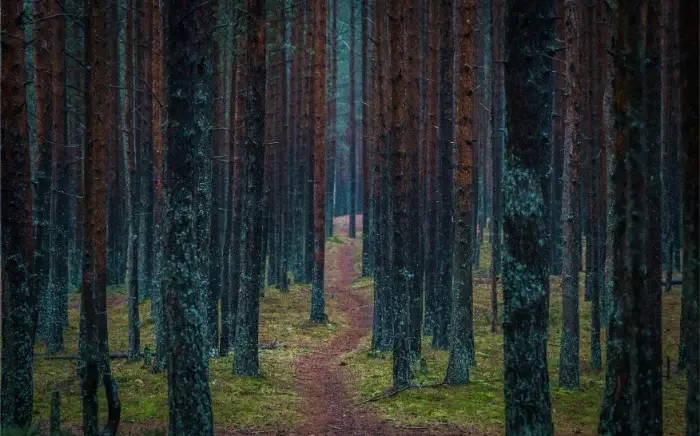In Canada, the vast majority of forest land, approximately 94%, is under public ownership and management by provincial, territorial, and federal governments. Conversely, only 6% of forest lands are privately owned.
Public Forest Land Ownership:
Provincial and Territorial Ownership (90%): Provinces and territories hold significant responsibility and authority over the management of their respective forest lands. This includes the development and enforcement of forest laws, the establishment of agreements with forest companies for timber harvesting, monitoring of forest activities to ensure compliance, collection of royalties, and management of protected areas.

Federal Government Ownership (4%): The federal government owns 4% of Canada’s forests, primarily within national parks, Department of National Defence lands, and lands reserved for or controlled by Indigenous Peoples. Regulatory oversight and management of forestry operations on these lands fall under various federal departments including Aboriginal Affairs and Northern Development Canada, Department of National Defence, Natural Resources Canada, and Parks Canada

Private Forest Land Ownership (6%):
While privately owned forests constitute only 6% of Canada’s forested areas, they play a significant role in the nation’s wood products sector.
This category includes large forests owned by forest companies, particularly in provinces like New Brunswick, Nova Scotia, Ontario, Quebec, and British Columbia. Additionally, smaller family-owned forests and woodlots contribute to this ownership category.
Approximately one-tenth of the timber harvested in Canada originates from privately owned lands, highlighting their substantial contribution to the forestry industry.
